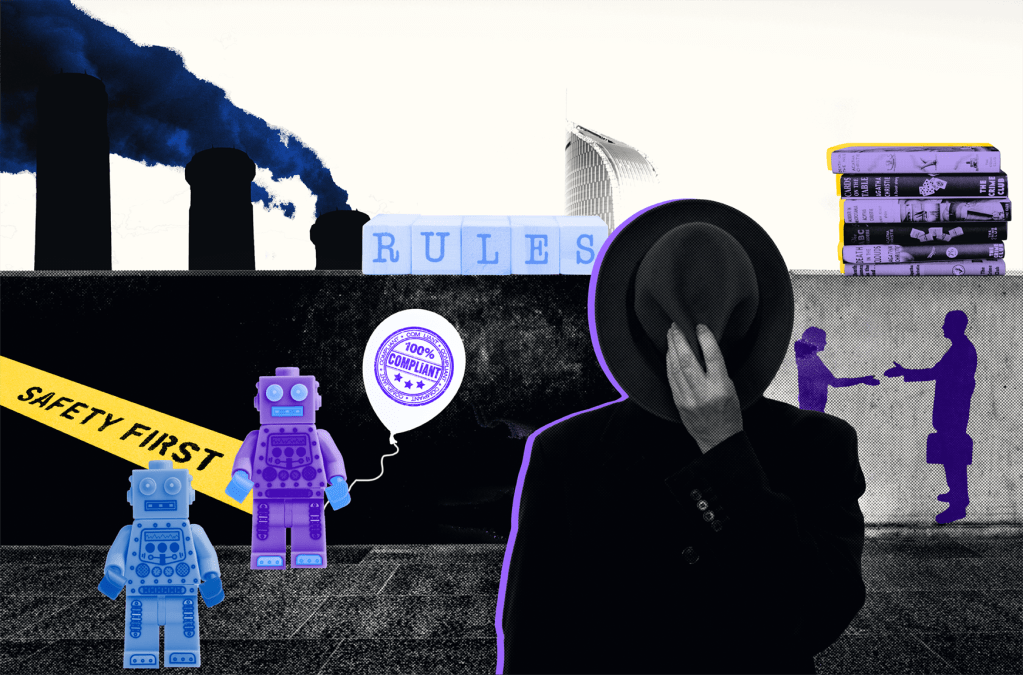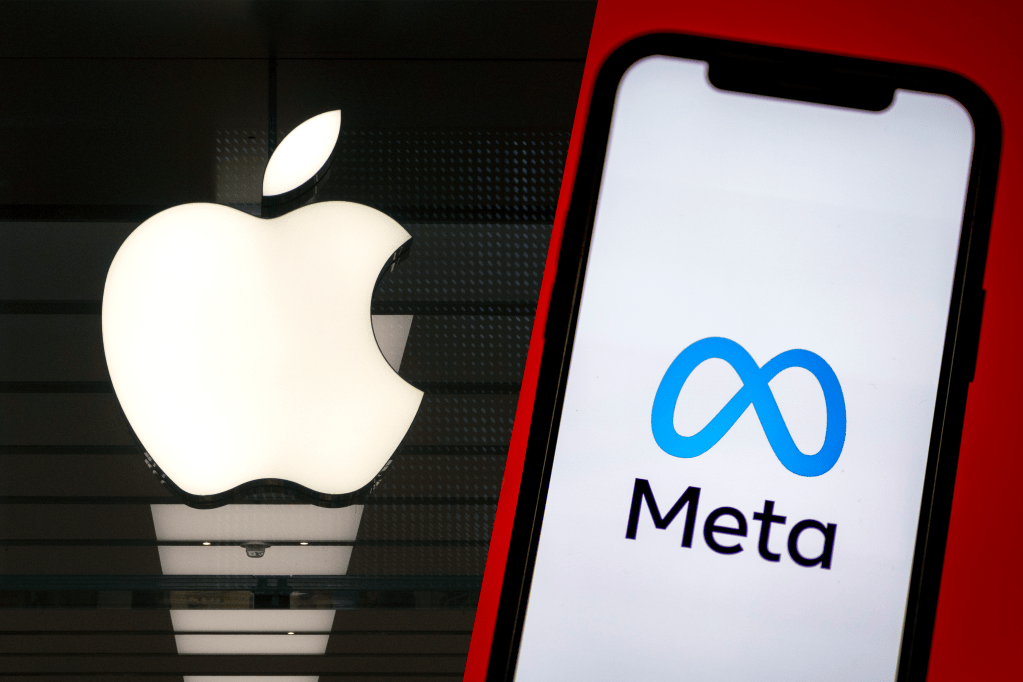This in-depth session was hosted by Amy Sochard, VP at FINRA, and she was joined by Lule Demmissie, US CEO of eToro, Kristi Crawford, MD and Deputy Chief Counsel at Charles Schwab, and Bob Chao, Senior Director, FINRA Member Supervision.
The session began with a survey question – “I always read the T&Cs as they contain important information” – to which 96% of the audience said they do not. The remainder allegedly do. The message was that it is very hard to get disclosures across that are salient and understood.
The panel talked about the frequent conflicts that arise between technology and design. Demmissie said that there is a fine balance between the regulatory compliance and the innovative approach – often it requires focus on more than the words and this is where creative design can help hugely to encourage engagement. Crawford added that it is often a challenge to make it clear with which entity a customer is transacting. There are lots of clever ways to emphasize this in the design (boxes, fonts etc). FINRA released a guidance notice in 2019 which addresses these challenges and is worth recalling for effective disclosure.
Crawford continued this theme and said her firm was engaged in an ‘unstuffy’ pilot with the aim to make disclosure ‘unstuffy’. It begins with a full disclosure at the top and then goes to a set of bullet points that distil the full disclosure and it has been very successful. Her team worked with FINRA on this in advance. Chao confirmed this is a welcome approach where the regulator wants to help and be a partner in these initiatives.
Demmissie went robotic and said that “the chatbot cometh”. She suggested using a sandbox to get creative where different personas were used to create different disclosures. Examples included a rap artist and Shakespeare. She said her team enjoys being playful. Crawford supported this approach by adding that gamification is no longer a bad word in the industry.
Off-channel communications
This topic was the main section of the panel. Most of the recent recordkeeping enforcement in this area was related to firms having procedures but not following them across all levels of their organization. RN 17-18 is the one to look at from FINRA. Crawford affirmed that there is now zero tolerance for these failures from the SEC and CFTC. And it was a point of principle for SEC and FINRA despite the lack of evidence of customer harm.
The actions were characterized by the tone at the top, strong penalties, an acknowledgement of wrongdoing, and remediation. It requires real thought into the type of procedure adopted and strict adherence to it. Outright bans may sound compelling but might be problematic if that is logistically unrealistic and impractical.
Everyone needs proper training with real-life scenarios to play out, using situations where an exec has dual relationships with the same counterparty. Certification needs to be more often than annual. If red flags are discovered, they must be followed up and acted upon.
Demmissie described the actions taken against some firms as chilling and suggested a practical approach must be found as these technologies are core to high productivity in the front office. But her firm has become more conservative and strict.
Crawford said the issue can be approached by job role or function – the two most recent enforcements were instances of self-reporting and were notably smaller than those discovered by regulators.
Chao urged everyone to think about internal communication in the firm’s procedures and any exceptions to those relating to internal comms. It is key to train both new and existing employees as the environment changes. Spot checks are recommended to test and monitor compliance, and there needs to be a disciplinary process behind this that is clear and actioned.
Demmissie described the actions taken against some firms as chilling and suggested a practical approach must be found as these technologies are core to high productivity.
But how does a rep approach a client that is insisting on off channel communication? Training is needed on this and it needs to be detailed. Chao warned us to expect this to be examined when the time comes, and there is a lot of ground to cover here.
The panel looked at the distinction between substantive and non-business. RN 17-18 has some guidance on this but it is a thin line. Demmissie recommended trying to shift this habit onto rails that are already established. Training can break the habit and will raise awareness of how easily a non-business dialogue slips into a business one. The leaning must always be to push a dialogue onto a captured channel.
Crawford said they had taken a very thoughtful look at how their firm does business, breaking down casual conversation, admin chat and pure business. They tried to come up with examples and clear definitions of what was acceptable and what was not.
Our coverage of FINRA Annual 2023
Finfluencers –famous and not-so famous
When asked, “Does your firm use finfluencers?” 11% of the audience said they used them; 83% said they did not; and 6% were unsure.
Demmissie said this change is designed to draw in a new generation and is a definite move away from institutional trust. eToro adopts a very open and transparent policy on its platform and employs excellent licensed people to interact on social platforms. But it is a tricky new area that is growing fast.
Chao confirmed that this communication needs to be supervised to ensure that it is fair and not misleading. FINRA did a sweep of finfluencers and found a diverse mix in terms of quality. He was not saying firms cannot use this medium but there are some tips to be used to set up a program. The finfluencer’s comms are the firm’s comms if they are paid to promote!
Crawford said that her firm used finfluencers at an elevated level to promote the brand rather than actual products. They did extensive due diligence on each and spelt out the rules of engagement and compensation. Anything published had to be pre-approved. Finfluencers were give canned responses for different queries they might get. Any records they might need to provide later had to be accessible to the firm.
The Metaverse, Generative AI and beyond …
Demissie recalled a previous life where she was a product manager and said that, then, the trend was for compliance to enter the process at the end, after the product was 80% built, before demanding it all be unravelled. This was demoralizing for the product team as well as the compliance person. Compliance must be part of the journey from day one – this helps reduce wasted time, boosts compliance culture and improves the product. The teams use show and tells to expose progress, and internships are also very useful.
Crawford added that Legal and Compliance and Product work as partners and all are involved from the start. There is an appetite for instant appraisal and use of new technologies adopting a cross-functional approach that loops in the teams above as well as Risk and UX.
Chao stated that FINRA is innovative itself and wants to work as partner to encourage innovation at the firms it regulates. There is considerable subject matter expertise in the Office of Financial Innovations as well as an Analytics unit. FINRA welcomes being part of the process to enable rapid innovative change in a firm’s business.
In answer to the final survey question – “How does your firm respond to rapid technological change?” – 14% said they stick to old ways; 56% take a cautious approach to evaluate it; and 30% rush to embrace it.
So is there inherently more risk in off-channel communications? Crawford said that her firm has found that most have good intentions and despite knowing the rules are in need of specific training and have just become unknowingly lax.












